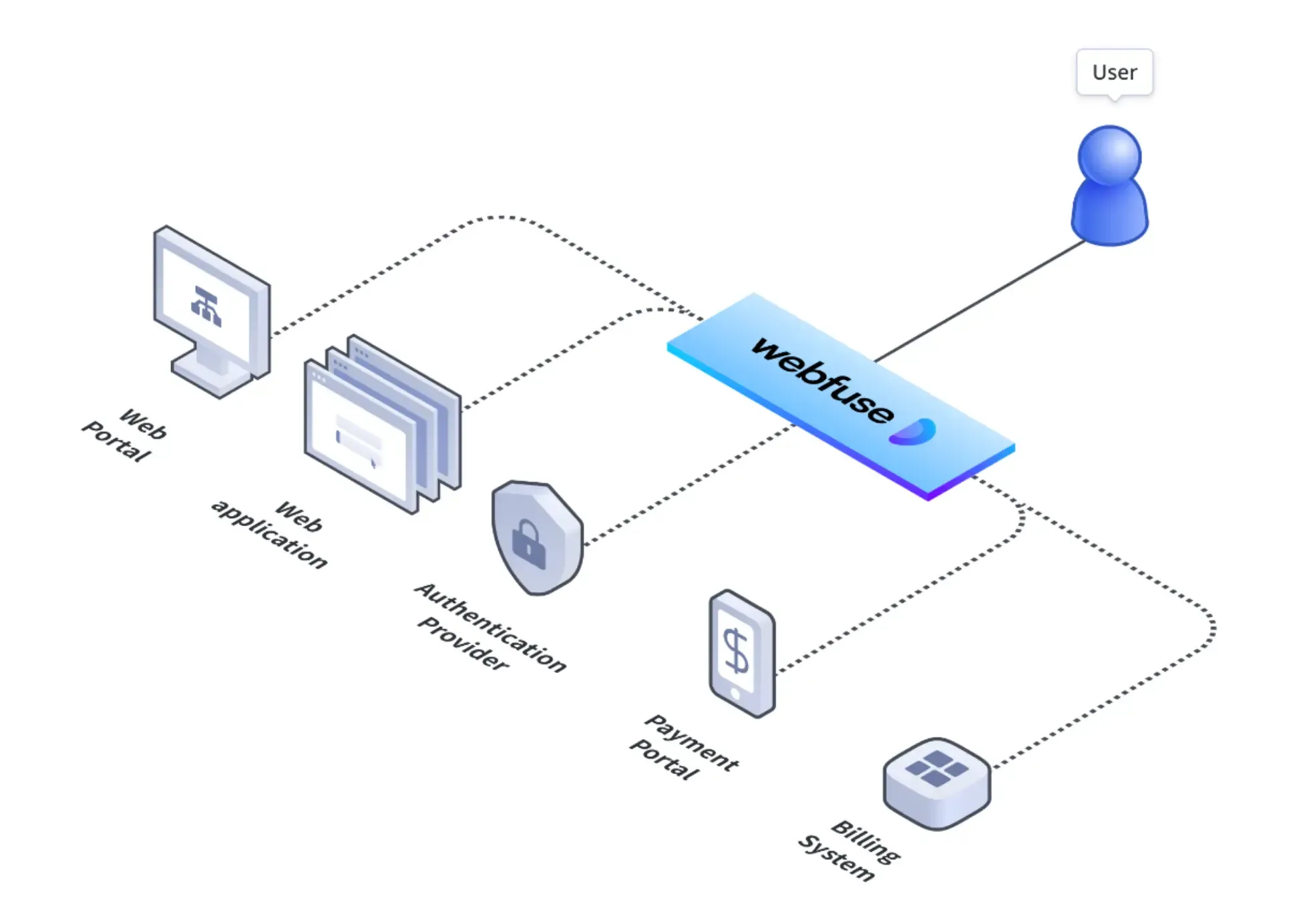Introduction
Some of the greatest technological leaps haven’t come from tearing everything down and starting over - they’ve come from remixing, reimagining, and extending what already exists. Think about the tape recorder. At first, it was just a way to copy music, but in the hands of creative minds, it became a tool of transformation. It birthed the mixtape culture, where people curated and remixed their favorite sounds, breaking free from the control of record labels. It gave rise to hip-hop, where DJs looped beats and scratched vinyl, creating entirely new forms of expression. It reshaped how music was shared, consumed, and created.
What is Web Augmentation?
Section titled “What is Web Augmentation?”Web augmentation represents a means of extending existing web applications with custom logic and user interfaces. Here’s a simple example: augmenting an insurance website with a voice agent that helps filing a claim. Here’s another one: augmenting any website with the same Google Analytics tag to track an entire user journey across third-party websites. Web augmentation differs from custom development by the way it is achieved: It is built on top of the latest deployed state of an existing website, fuly independent from the original application’s source code. This renders a list of desirable properties. Among others, instant reusability, secure extensibility, website independence/portability, and faster development and deployment cycles.
What is Webfuse?
Section titled “What is Webfuse?”Webfuse is a configurable web proxy that lets you augment any web application. Instead of being locked into rigid, vendor-controlled applications, you can now remix the web itself. Web Augmentation is the mixtape for the internet. When you have no option to ask the user to install something, when you can’t change infrastructure configuration, or when you want to let external parties develop functionality for your site without giving them source code access, you can rely on Webfuse. It serves any website with your configurations, and Extensions. At the same time, it can be configured in away a user will never realize they visit the visited website thorough Webfuse. From another perspective, Webfuse can be seen as a virtual web browser (browser-as-a-service) that can be embedded within any web application that runs in an actual web browser.
Technically speaking, Webfuse is a programmable web proxy that serves any website – augmented with custom extensions on the client side. For instance, you could serve https://google.com, but with an intelligent agent that helps users searching the web.

Use Cases
Section titled “Use Cases”- Develop Digital Adoption Platforms
Comprise and manipulate a set of third-party websites beneath your own. - Deploy AI Agents
Reuse and deploy AI agents in a sandbox layer on top of any website. - Track Full User Journeys
Track users beyond your own website to close the attribution gap. - Low-latency Webinars
Communicate, collaborate and cobrowse websites with others. - Modernize Legacy Systems
Serve any website with enhanced security measures. - …
- Browse all Use Cases.
Existing Solutions
Section titled “Existing Solutions”So far, modifying a web app – with or without having access to the source code – is always a challenge. Basically, you have three non-invasive options (without touching the original code base):
| Browser Extensions | Edge Workers & WAFs | Remote Browsers | |
|---|---|---|---|
| Chrome Extensions, Firefox Extensions, … | Akamai, Cloudflare, AWS CloudFront, … | BrowserBase, OpenAI Operator, … | |
| ➕ | Extensions can modify web experiences in real-time. | Web Application Firewalls (WAFs) allow developers to inject changes at the network level. | Cloud-based browsers can enable extensions without the explicit need to install them on the client side, avoiding direct modifications to web applications. |
| ➖ | Require users to explicitly download and install them, making large-scale deployment difficult and it is very difficult to make this operate as a single service. | Require full control over routing and infrastructure. Something you can only apply to those assets you can control and own. Not something you can apply to third-party or external resources. | Comes at a cost; high latency, degraded performance, and an experience that feels disconnected from the real web because a compressed pixel stream is not rendered locally on the user’s device. |